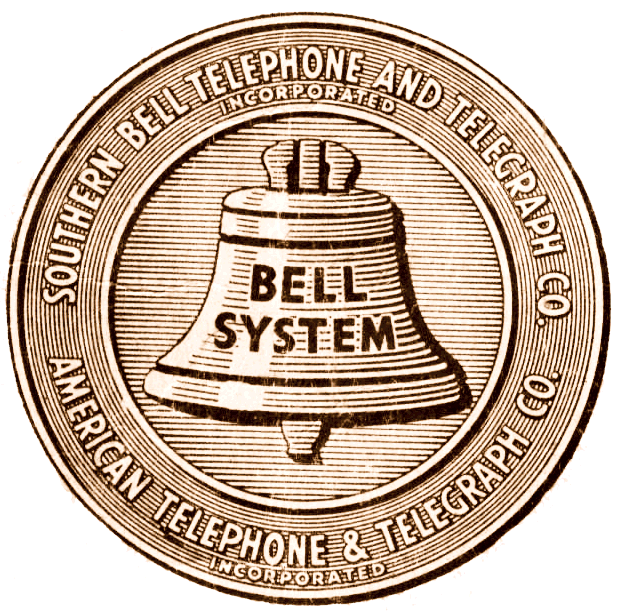But does it work at a normal noise floor using indoor lighting?
I see what you did there …
Can someone eli5? I’m out of the loop and unfamiliar with superconductors…
A superconductor is a special type of material that conducts electricity without losses, that means we can transfer electricity any distance we want without losing any of it to heat. That means we can make super efficient machines and even do things regular materials can’t, like create super strong magnetic fields which we then can use to make MRI scans of humans.
More excitingly, superconductors do fucky things with magnetism, where you can get a magnet to lock in height and angle, essentially hovering, but still be able to follow a track, meaning levitating trains could become cheap and easy.
Traditionally superconductors have only worked in super cold and/or low pressure environments, like 1-2 millidegrees above absolute zero, but some advances have made them work at higher temperatures like at about 20 degrees above absolute zero but under crushing pressures, which means it’s quite difficult and expensive to keep them superconductors, and they have to keep small so we can keep all of it cool.
As we find ways to make superconductors for warmer temperatures, it’s easier to cool them and thus use them at scale and for everyday use. Suddenly you don’t need a train cart for cooling to keep hovering, and you could maybe even get a personal hover board or hover wheelys to zip around on.
Superconductors also have other weird and cool properties that could let us do even more cool things as we find out more and can make bigger things with them.
Instead of low pressure I think it was extremely high pressure
You’re right! I’ll edit.
I checked, and it’s both, although the high pressure ones have led to higher temperatures. Exciting stuff!
Thx for the clarification!!
Isn’t this the same paper that has been linked here multiple times in the past week? I can’t see anything new on there that wasn’t reported this time last week.
This is huge regardless but I wonder what the LK-99 material is like to produce and work with.
Not hard, easier than what we do with microchips, apparently the current process yield is 10%, which is incredibly good for lab fabrication.


